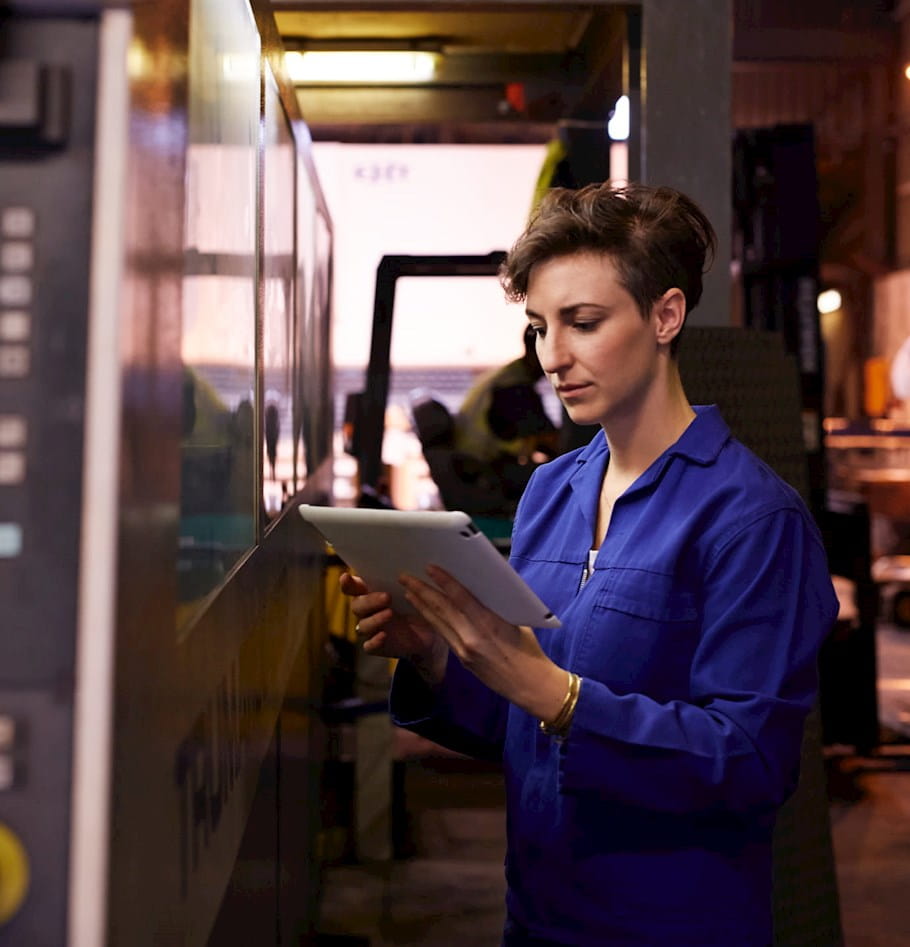Solving for sustainability in the supply chain
40%, 48.8 million, and $1 trillion. These numbers given context may surprise you. 40%—the percentage of food wasted each year in the United States, with majority going to landfill. 48.8 million—the number of people living in food-insecure households in the United States. $1 trillion—the yearly retail equivalent of wasted food (not including costs for resources used in growing and processing). Looking at the numbers alone, it's easy to see that food waste is a major sustainability issue—impacting the environment, society, and economy.
Fortunately, many organizations have realized that food waste can also present an opportunity. In fact, many businesses in the food industry are starting to become proactive about managing their food waste by rethinking their supply chains and finding additional value for products through reverse logistics.
One organization actively managing their supply chain is Starbucks. Recently Starbucks launched a new program called FoodShare, which will donate ready-to-eat meals to food banks across its 7,600 company operated stores in the United States. Starbucks realized it generated a large quantity of waste when its unsold food was discarded at the end of the day. The food wasted was individually packaged and required refrigeration, but was still perfectly safe to eat. Rather than seeing this food as necessary waste, Starbucks saw an opportunity. An opportunity to increase brand value, local community involvement, and most importantly an opportunity to feed those in need. Overall, Starbucks was thinking holistically and identified an area where it could be more sustainable.
In order to do this, Starbucks incorporated reverse logistics into their supply chain, which found purpose for foods not purchased by the end of the day. Through a partnership with Feeding America and the Food Donation Connection, Starbucks found transportation resources to safely ship perishable food items, usually wasted, to local food banks and shelters. By thinking creatively about their supply chain, Starbucks was able to integrate their supply chain with those of other organizations. This effort ultimately eliminated waste, and provided local community benefits.
Innovative logistics plans are not limited to major corporations like Starbucks. In fact, even smaller organizations are finding ways to innovate. For example, Zero Percent, a Chicago startup with the mission to eliminate food waste, provides a technology platform designed to help businesses move surplus, edible food to nearby soup kitchens. This organization is expanding services across the U.S. and has already provided hundreds of thousands of meals to people in need, as well as prevent waste from entering a landfill. Zero Percent’s founder, Raj Karmani, saw a societal need, and through an innovative platform he’s changing the supply chain for the food industry.
These examples demonstrate how looking at your organization’s supply chain from a sustainability perspective can spur creativity and innovation, and even bring about social benefits. Furthermore organizations like Starbucks and Zero Percent recognize the true definition of sustainability in that it is not about tradeoffs between economic gains, social welfare, and environmental protection, but instead a holistic, responsible approach to doing business that places priority on all three. With this outlook, think about your organization’s supply chain—are there inefficiencies? Is there waste? I'm sure you'll find both—but the real question is, can you see the opportunities?

